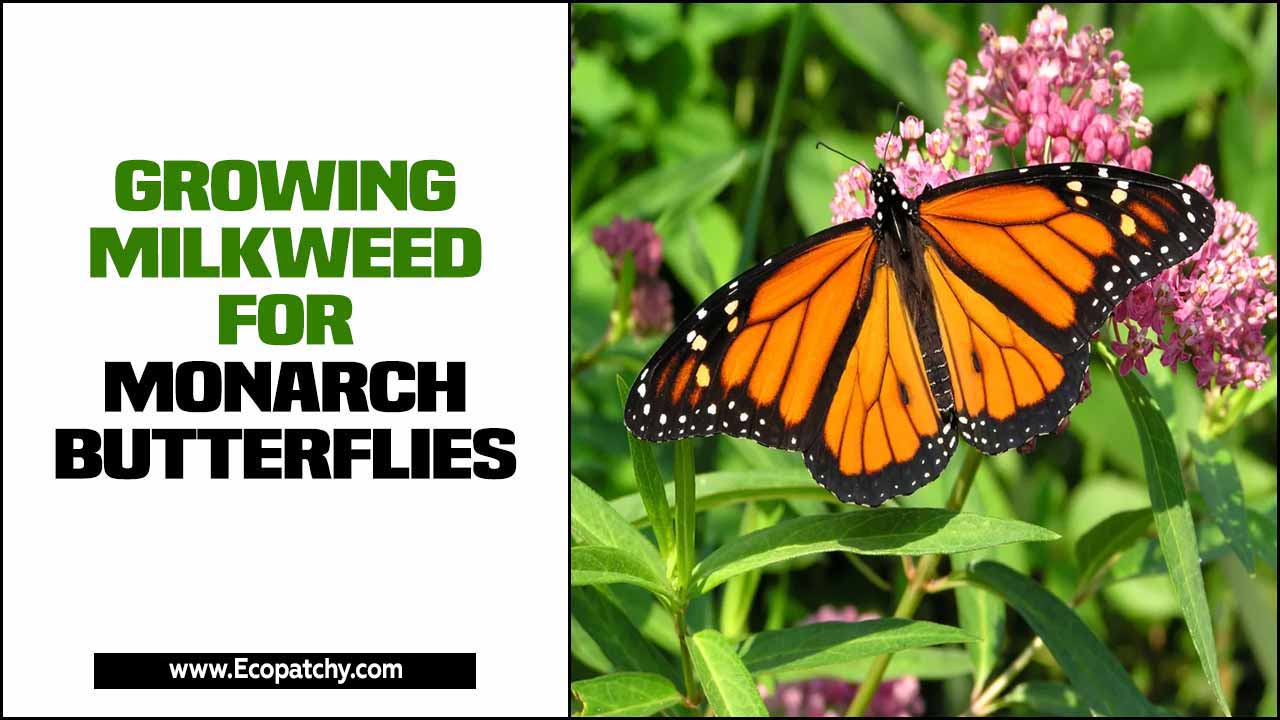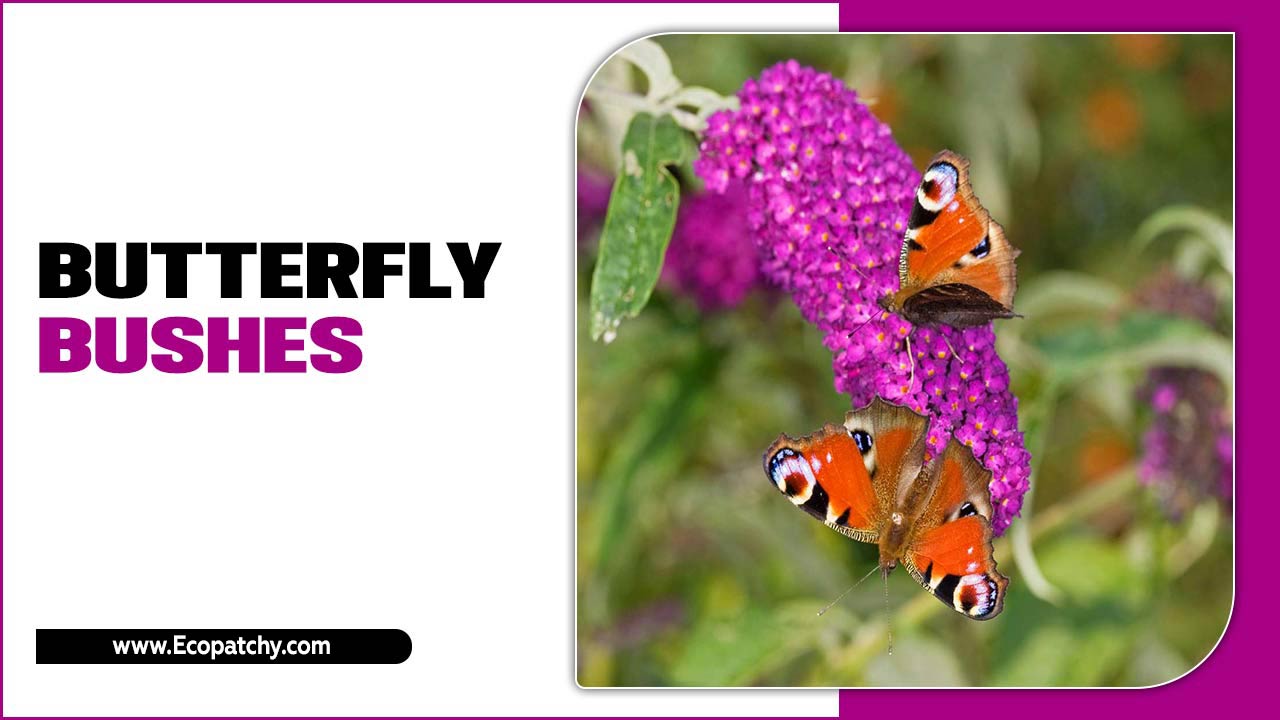Butterflies are not only one of the most beautiful creatures on earth but also play a vital role in our ecosystem as pollinators. Unfortunately, their populations have been declining due to habitat loss and environmental changes.
As responsible citizens of this planet, we must provide a safe and welcoming environment for these delicate creatures. We will cover everything you need to know about creating a butterfly sanctuary. However, we will discuss how to create a sanctuary for butterflies, the importance of creating such a garden, the essential elements for designing it, and how to create one step-by-step.
We will also provide tips on avoiding common mistakes while building a butterfly garden and some innovative ideas for butterfly watering stations. So let’s dive into the world of butterflies and learn more about what makes a butterfly garden unique from other gardens.
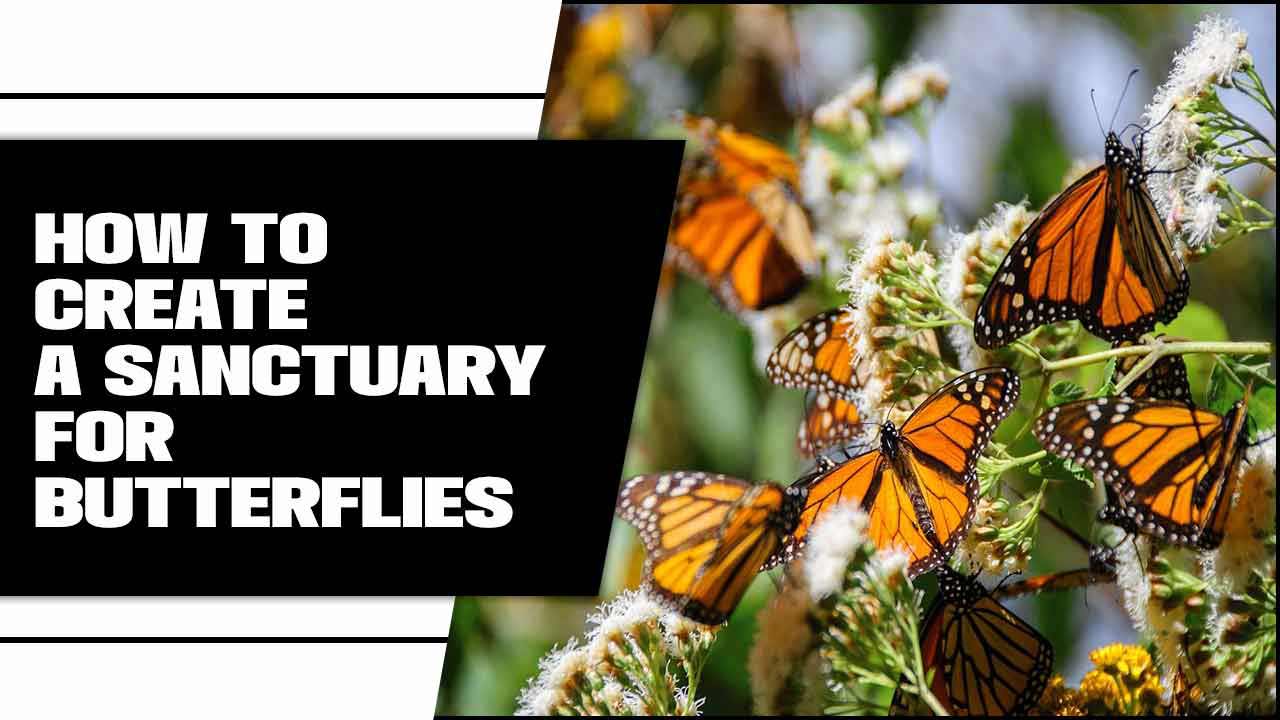
The Concept Of Butterfly Gardening
Butterfly gardening involves creating a habitat that attracts and supports butterflies. By planting specific flowers and plants like butterfly bush, milkweed plants, and joe pye weed, which serve as food sources, it aims to conserve and protect butterfly populations. This practice can range from small backyard gardens to larger public spaces, allowing homeowners to connect with nature and support pollinator populations.
In recent years, butterfly gardening has become increasingly important due to habitat loss, climate change, and butterflies’ essential role in pollination. Lavender, goldenrod, violets, and other flowers with yellow blooms can also attract butterflies, while tree sap and dew can provide additional food sources.
The Importance Of Creating A Butterfly Sanctuary

Creating a butterfly sanctuary is crucial for preserving butterfly species, protecting their natural habitat, and providing essential food sources. These sanctuaries also attract and support beneficial pollinators by contributing to conserving butterfly populations.
With habitat loss and climate change posing threats to butterflies, establishing a sanctuary with butterfly-friendly plants like butterfly bush, milkweed plants, and joe pye weed plays an essential role.
In recent years, homeowners have been increasingly interested in creating butterfly sanctuaries as part of their landscaping. This helps butterflies find resources like tree sap, nectar from yellow flowers like goldenrods and violets, and even dew on lavender blooms.
Essential Elements For Designing A Butterfly Garden
To design a successful butterfly garden, it is essential to provide a variety of native plants for butterflies to lay their eggs on. Including nectar plants with vibrant and fragrant flowers will attract adult butterflies to your garden.
Creating a sheltered area with shrubs and trees will give butterflies a place to rest and seek protection. Avoid using pesticides instead of natural pest control methods to protect butterfly populations. Maintaining a water source such as a shallow dish or birdbath will provide butterflies with a much-needed drink.
Choosing Butterfly-Friendly Flowers
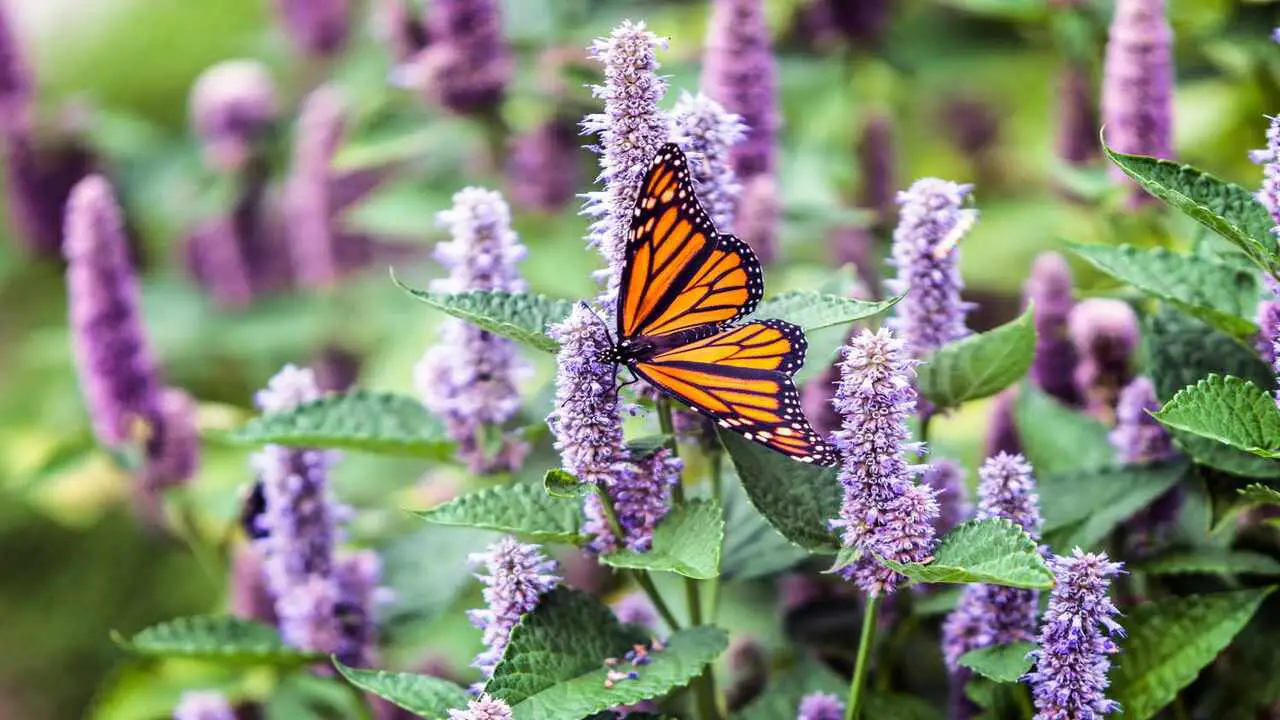
When creating a butterfly sanctuary, it’s essential to choose butterfly-friendly flowers. To attract butterflies, select flowers with vibrant colors. Plant a mix of annuals and perennials to ensure continuous bloom throughout the season. Verbena and lantana are known favorites among butterflies.
Consider including flowers blooming in late spring and summer to provide food for butterflies throughout the growing season. Additionally, planting native wildflowers supports local butterfly species. You can create an inviting habitat for these beautiful creatures by choosing the right flowers.
Importance Of Nectar And Caterpillar Host Plants
To create a sanctuary for butterflies, providing nectar-rich flowers as a food source for adult butterflies is essential. Incorporating host plants like milkweed supports caterpillar development.
Offering a variety of plants caters to different butterfly species, creating a diverse landscape design with a range of colors, scents, and flower shapes. It’s crucial to avoid using pesticides that may harm caterpillars or their food sources. Following these practices can create an ideal habitat for butterflies to thrive.
The Role Of Sheltered Areas In A Butterfly Habitat
In a butterfly habitat, it is crucial to designate sheltered areas that provide windbreaks and refuge for butterflies. Incorporating shrubs and trees creates a protective barrier and attracts butterflies. Flat rocks strategically placed in the garden offer sunny spots for butterflies to bask and warm their wings.
Additionally, planting tall grasses or ornamental grasses provides cover for butterflies, ensuring their safety. To further support butterflies, consider creating a butterfly house or sanctuary for overwintering and preserving natural areas nearby to encourage local butterfly species to visit.
How To Create A Sanctuary For Butterflies: Step-By-Step Guide
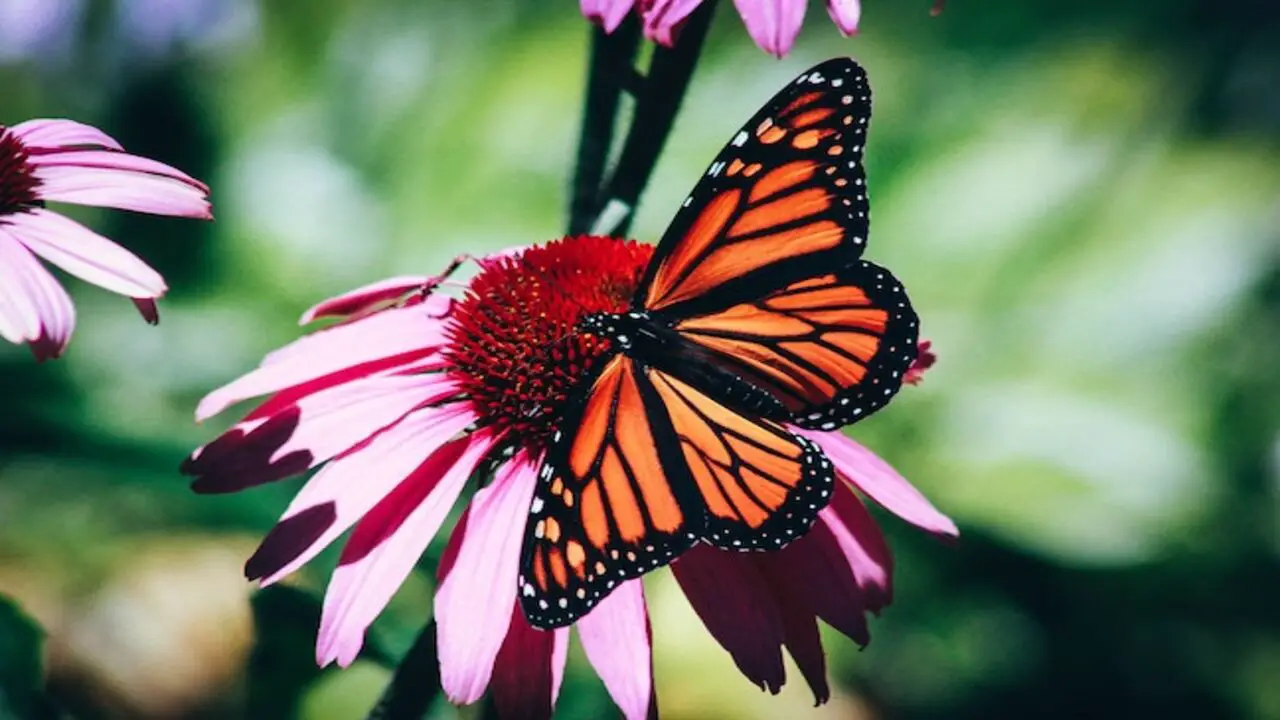
Start by selecting the perfect location for your butterfly sanctuary, considering factors like sunlight and protection from strong winds. Next, choose suitable plants that act as host plants for butterfly larvae, such as milkweed plants and butterfly bush. It’s important to avoid using pesticides and herbicides, as these can harm the butterflies and their habitat.
Provide water sources like shallow puddles or pans, and create a diverse landscape with native plants to attract various butterfly species. By following these steps how to create a sanctuary for butterflies, you can create a thriving sanctuary for butterflies.
Identify The Best Location
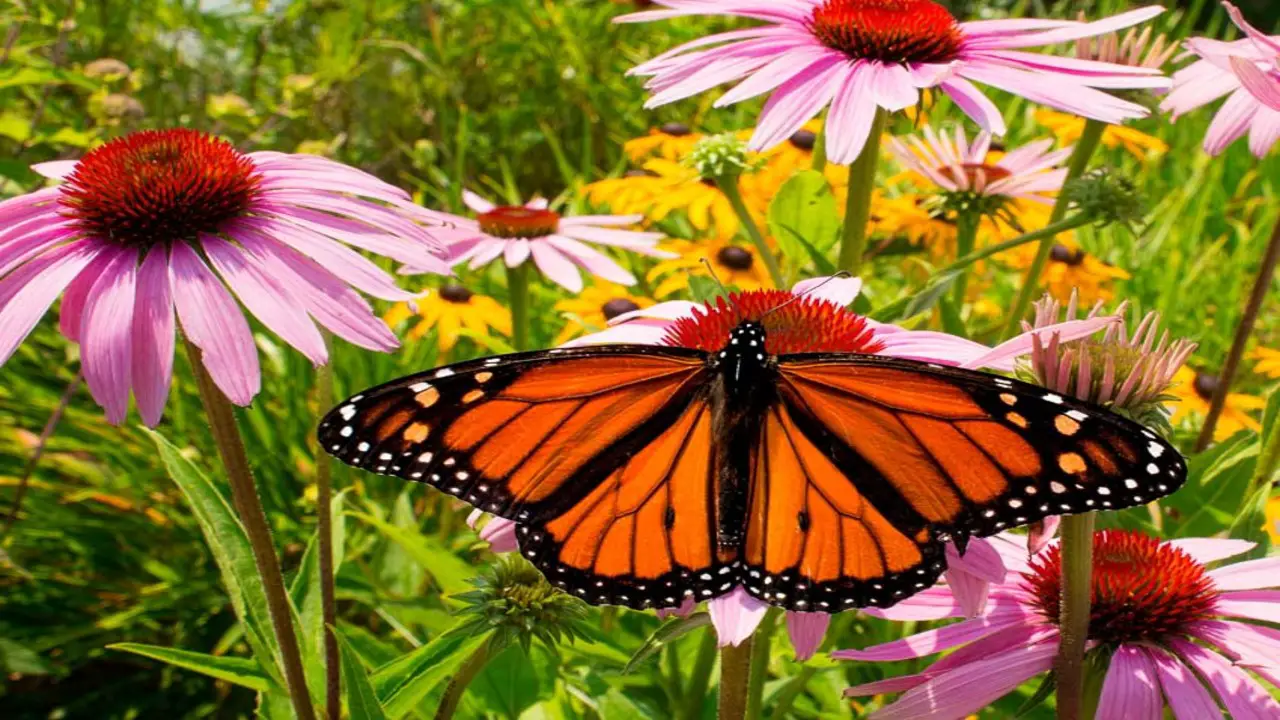
When creating a butterfly sanctuary, it’s important to identify the best location. Choose an area with ample sunlight and protection from strong winds. Look for a spot away from potential disturbances like pets or children.
Ensure there is access to a water source for butterflies to drink from. Consider creating multiple small habitats for different species. Aim for a location that is easily accessible for maintenance and observation.
Choose The Right Plants
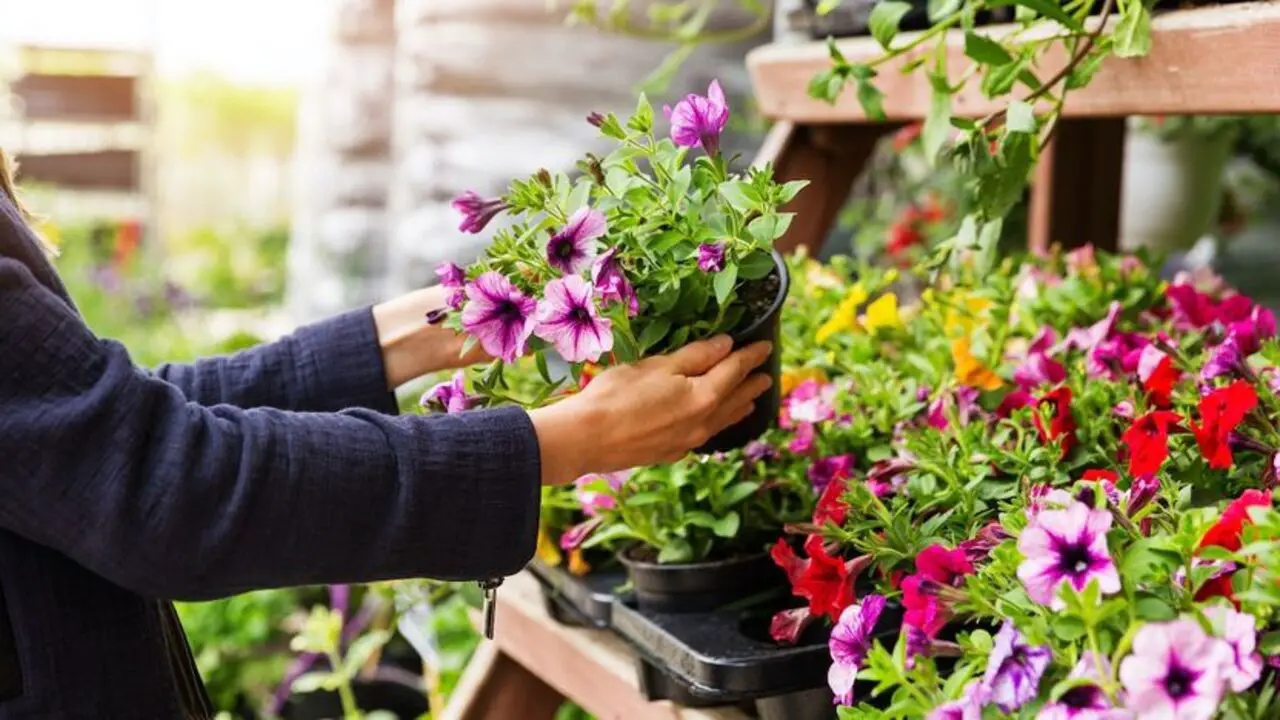
Choosing the right plants is important to create a butterfly sanctuary. Planting a variety of nectar plants will attract adult butterflies, while including host plants provides food for caterpillars and a place for butterflies to lay their eggs.
Native plant species well-suited for your climate will thrive and support butterfly populations. Incorporating plants with different blooming times ensures food availability throughout the growing season. Consulting with a local nursery or butterfly expert can provide valuable advice on plant selection.
Avoid Pesticides And Herbicides
To create a butterfly sanctuary, minimizing or eliminating the use of pesticides and herbicides is important. Instead, opt for natural pest control methods such as introducing beneficial insects. Use organic fertilizers to promote healthy plant growth without harming butterflies.
If necessary, manually remove pests or hand-pick caterpillars. Embrace natural predators, as they are essential in controlling pest populations. Avoiding harmful chemicals and embracing natural solutions can create a safe and thriving habitat for butterflies.
Provide Water And Food Sources
To create a sanctuary for butterflies, providing water and food sources is essential. You can create shallow puddles or pans filled with water for butterflies to drink. Placing flat rocks in the water sources provides perches for butterflies.
Grow nectar-rich flowers like butterfly bush, lavender, goldenrod, and Joe pye weed to serve as food sources for adult butterflies. Include milkweed plants, parsley, and verbena to attract specific butterfly species. Ensuring a continuous supply of nectar throughout the growing season is crucial for their survival.
Monitor The Sanctuary
Regularly observe and document the butterfly species that visit your sanctuary. Keep track of their behavior patterns and note any changes over time. It’s important also to monitor the health and condition of the plants in your sanctuary, ensuring they provide adequate food and shelter for butterflies.
Based on your observations, make necessary adjustments to the habitat, such as adding butterfly-friendly plants like butterfly bush, milkweed, or joe pye weed. Collaborate with local butterfly enthusiasts or organizations for additional monitoring and support.
Establish A Butterfly Waystation
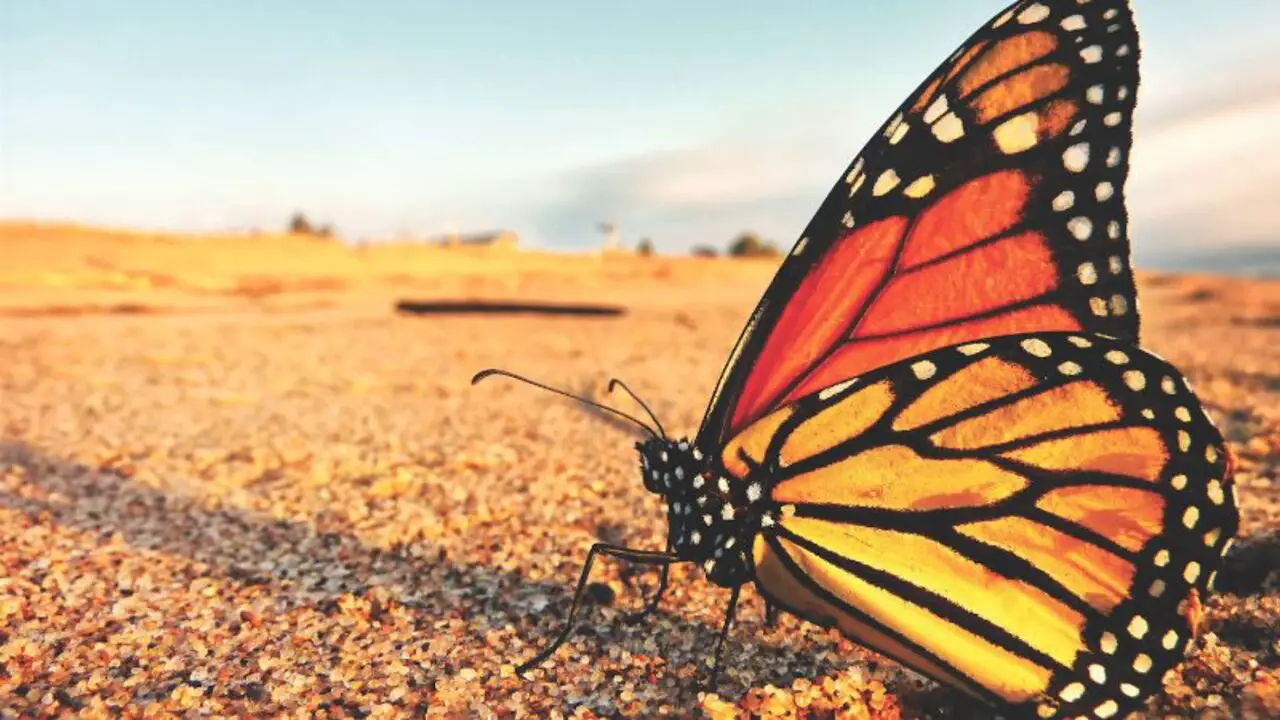
To establish a Butterfly Waystation, consider applying for certification through recognized organizations. Meet the requirements outlined by the certification program, ensuring you provide the necessary resources for butterfly conservation.
Follow the guidelines to maintain the waystation and educate others about the importance of butterfly conservation. Additionally, contribute to citizen science initiatives by reporting butterfly sightings and activities. By creating a certified waystation, you can actively contribute to butterfly conservation efforts.
Install A Butterfly House
Install a butterfly house strategically within your butterfly sanctuary to provide shelter and protection for butterflies. These specially designed houses attract and accommodate butterflies, allowing them to seek refuge from harsh weather conditions.
Make sure the butterfly house is easily accessible for cleaning and observation. Researching and following best practices for maintaining and managing butterfly houses is important. Installing these houses creates a safe haven for butterflies in your garden.
Plant Native Species
To create a sanctuary for butterflies, it is important to plant native species. By choosing plants adapted to your local climate and soil conditions, you provide familiar food sources for local butterflies. Incorporate a variety of native flowering perennials, shrubs, grasses, wildflowers, and trees to create a diverse habitat.
Consider planting milkweed, which is the essential host plant for monarch butterflies. Native species play an essential role in supporting butterfly populations, especially in the face of habitat loss and climate change.
Create A Pollinator Garden
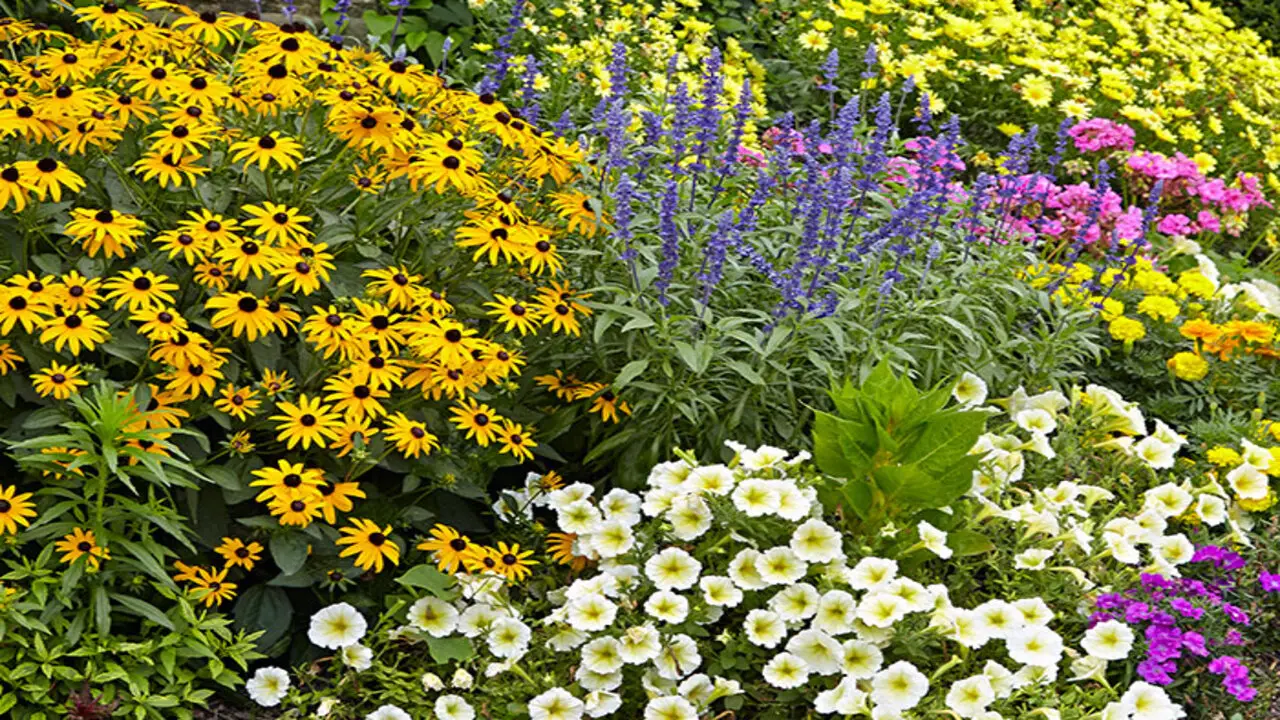
To attract local butterflies to your garden, plant native flowers and shrubs. These native plants provide familiar food sources for butterflies. Incorporate a variety of nectar plants with different blooming times to ensure a continuous food source throughout the growing season.
Create a safe habitat using pesticide-free methods and providing shelter such as trees or windbreaks. By incorporating these elements, you can create a pollinator garden that attracts butterflies and helps support their essential role in maintaining biodiversity.
Set Up Drinking Areas
Place shallow pans or puddles filled with water to create a welcoming drinking area for butterflies in your garden. Add pebbles or flat rocks to provide landing spots for the butterflies. Remember to regularly refill the drinking areas with fresh water to keep them hydrated.
For an extra treat, create a butterfly bath by adding slices of citrus fruits to a shallow dish filled with water. Consider adding a butterfly house or sanctuary to provide additional shelter and resources for these beautiful creatures.
How To Avoid Common Mistakes While Building A Butterfly Garden?
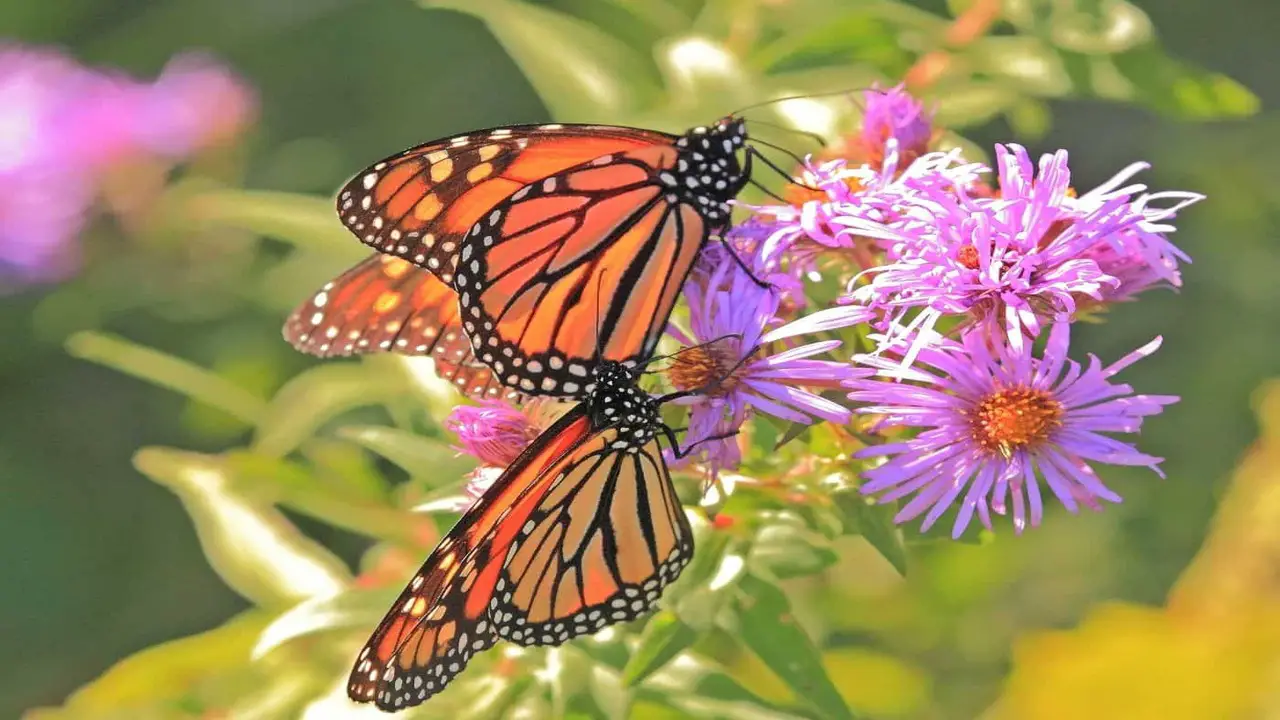
Creating a sanctuary for butterflies can be a rewarding and fulfilling experience. However, it’s important to avoid common mistakes that can hinder the success of your butterfly garden. Here are some tips to help you avoid these pitfalls:
- Plant Native Host Plants: One common mistake is planting non-native host plants that may not provide the necessary food and habitat for local butterfly species. Research which host plants are native to your area and cater to the specific needs of local butterflies.
- Avoid Pesticide Use: Pesticides can harm butterflies and other beneficial insects. Instead, opt for natural pest control methods or choose organic alternatives that won’t harm the delicate balance of your butterfly garden.
- Provide A Water Source: Butterflies need water for drinking and bathing. Place shallow dishes filled with water in your garden to provide them with a refreshing oasis.
- Create Varied Habitats: Butterflies thrive in diverse environments, so include different types of plants, flowers, and shrubs in your garden. This will attract a wider variety of butterfly species and ensure they have the resources they need throughout their life cycle.
- Maintain A Clean Environment: Regularly remove dead leaves, debris, and weeds from your butterfly garden to prevent the growth of harmful fungi and bacteria that could harm butterflies.
By avoiding these common mistakes, you can create a thriving sanctuary for butterflies that will attract these beautiful creatures and contribute to their conservation efforts.
Dangers Of Using Pesticides In Your Butterfly Garden
Using pesticides in your butterfly garden can harm butterflies, caterpillars, and other beneficial insects. It is important to choose organic pest control methods to protect the delicate ecosystem of your garden. Avoid using systemic pesticides that plants can absorb, as they threaten butterflies.
Instead, opt for integrated pest management techniques that address pest issues without harming these beautiful creatures. Consider natural alternatives to pesticides, such as introducing beneficial insects like ladybugs, to maintain a safe and healthy environment for butterflies.
Ensuring The Presence Of Butterflies, Their Eggs, And Caterpillars
To ensure the presence of butterflies, their eggs, and caterpillars in your butterfly garden, it’s important to include specific host plants that attract butterflies for egg-laying. Creating a safe and welcoming environment with sufficient food sources for caterpillars is essential. Providing shelter and refuge for caterpillars to pupate and transform into butterflies is crucial.
Avoid excessive pruning or removing plant debris to allow for butterfly egg-laying and caterpillar development. Additionally, planting parsley and dill can attract swallowtail butterflies and support their life cycle. Remember to create a sanctuary that meets the needs of these delicate creatures.
Innovative Ideas For Butterfly Watering Stations
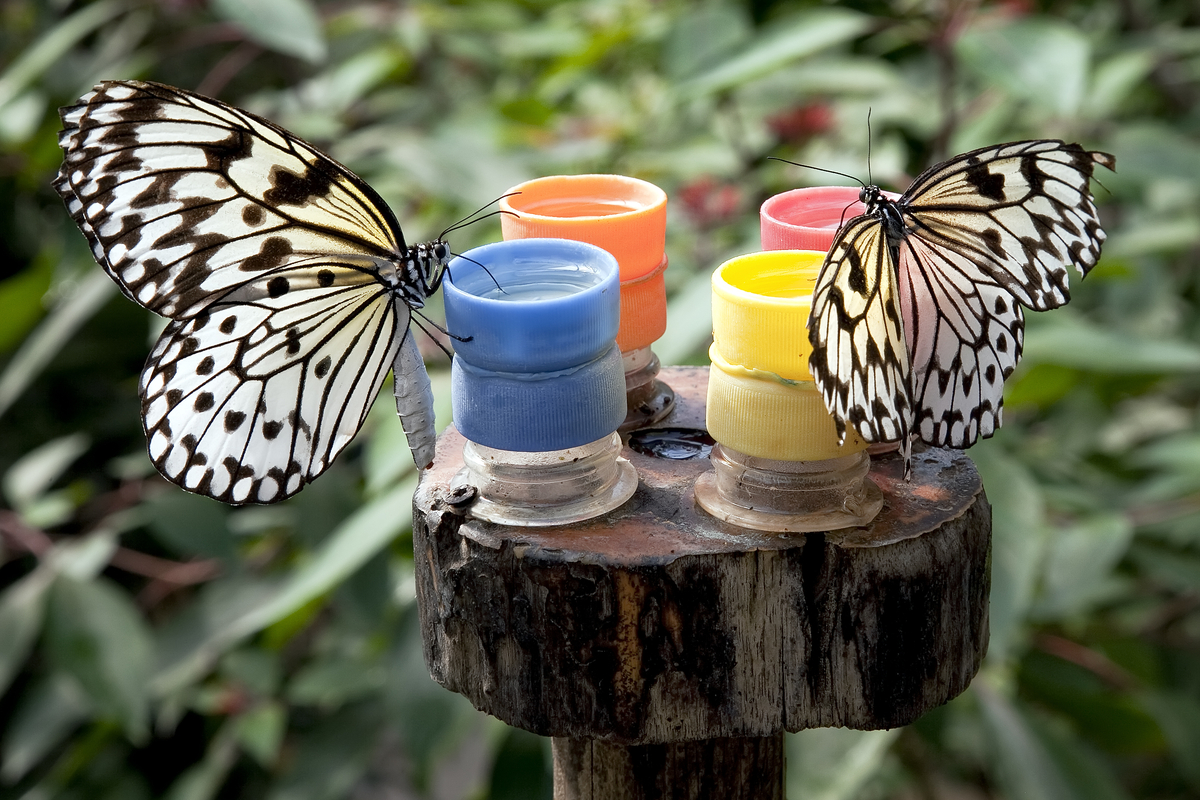
Creating a watering station for butterflies can be a fun and innovative way to attract these beautiful creatures to your garden. Butterflies need water to stay hydrated, and providing them with a dedicated watering station can help create a welcoming environment for them. Here are some creative ideas for butterfly watering stations:
- Shallow Dish Or Tray: Fill a shallow dish or tray with water and place it in your garden. You can add rocks or pebbles to provide perching spots for butterflies.
- Butterfly Puddling Area: Create a small depression in the ground and fill it with moist soil or sand. Add some flat stones or bark for butterflies to rest on while they drink.
- Sponge Feeder: Soak a sponge in water and place it in a shallow dish. Butterflies can land on the sponge and absorb water through their proboscis.
- Misting Station: Install a misting system that periodically sprays a fine water mist in your garden. This can give butterflies hydration and an opportunity to drink from wet leaves and flowers.
Remember to keep the water fresh and clean, changing it regularly to prevent mosquitoes from breeding. With these innovative watering stations, you can create a sanctuary that attracts butterflies and helps them thrive in your garden.
What Makes A Butterfly Garden Different From Other Gardens?
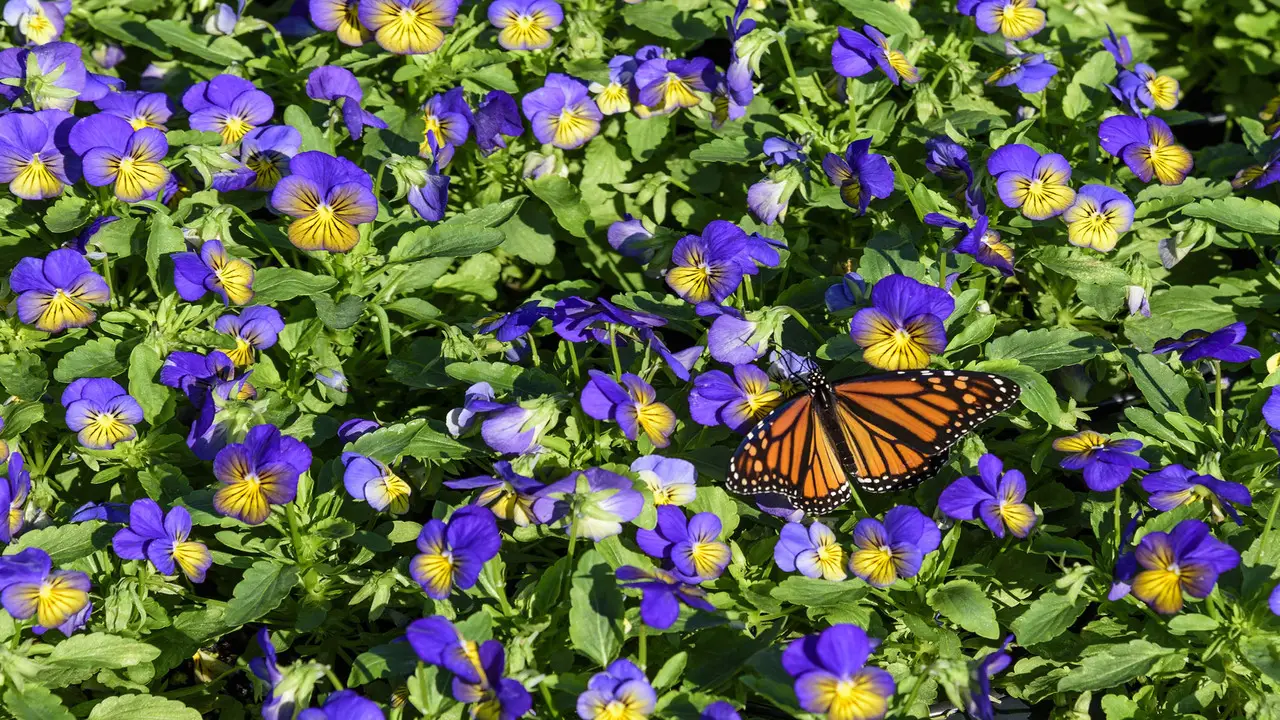
A butterfly garden is a unique type of garden that is specifically designed to attract and support butterflies throughout their lifecycle. Unlike other gardens, which may focus primarily on aesthetics or growing food, a butterfly garden prioritizes creating an environment that is conducive to the needs of butterflies.
This includes providing the necessary host plants for caterpillars to feed on, as well as nectar-rich flowers for adult butterflies to feed on. Additionally, a butterfly garden should also provide shelter and water sources for butterflies. By creating a sanctuary that meets all of these criteria, you can help support butterfly populations and enjoy the beauty of these delicate creatures in your backyard.
Conclusion
Creating a sanctuary for butterflies adds beauty to your garden and plays a crucial role in conserving these delicate creatures. You can attract and support butterflies throughout their life cycle by providing essential elements such as butterfly-friendly flowers, nectar and caterpillar host plants, and sheltered areas.
Following a step-by-step guide, you can easily create a butterfly garden in your backyard. Remember to choose the right location, plant native species, avoid pesticides and herbicides, and provide water and food sources.
Additionally, monitor the sanctuary, establish a butterfly waystation, and install a butterfly house for added benefits. By avoiding common mistakes and implementing innovative ideas like butterfly watering stations, you can enhance the success of your butterfly garden. We’ve discussed how to create a sanctuary for butterflies.
Frequently Asked Questions
1.What Do Butterflies Need In A Sanctuary?
Ans: Butterflies in a sanctuary require various blooming flowers for nectar throughout the season. Host plants are essential as they provide food and shelter for larvae. Water sources and sunny/sheltered areas also create a suitable habitat for butterflies.
2.How Do You Set Up A Butterfly Habitat?
Ans: Choose a sunny location protected from strong winds to set up a butterfly habitat. Plant native flowers that provide nectar for adult butterflies and food for caterpillars. Provide a water source like a shallow dish with rocks. Avoid using pesticides in or near the habitat.
3.What Is The Best Shelter For Butterflies?
Ans: The best shelter for butterflies is a butterfly house or garden. These provide safe places for butterflies to rest and lay eggs. Butterfly gardens, filled with native plants, offer butterflies food, shelter, and breeding opportunities. You can attract various butterfly species by providing host plants and nectar-rich flowers.
4.How Do You Make A Monarch Butterfly Sanctuary?
Ans: To create a monarch butterfly sanctuary, plant milkweed, the exclusive food source for monarch caterpillars. Include nectar-rich flowers like asters, zinnias, and coneflowers to provide food for adult monarchs. Add a shallow dish with rocks for butterflies to rest on while drinking water. Avoid using pesticides near the garden to protect the butterflies.
5.What Kind Of Habitat Is Needed To Attract Butterflies?
Ans: To attract butterflies, you need a habitat that includes a variety of host plants and nectar plants. Host plants are where butterflies lay their eggs, while nectar plants provide food. Choose native plant species adapted to the local climate and provide a water source for drinking.

